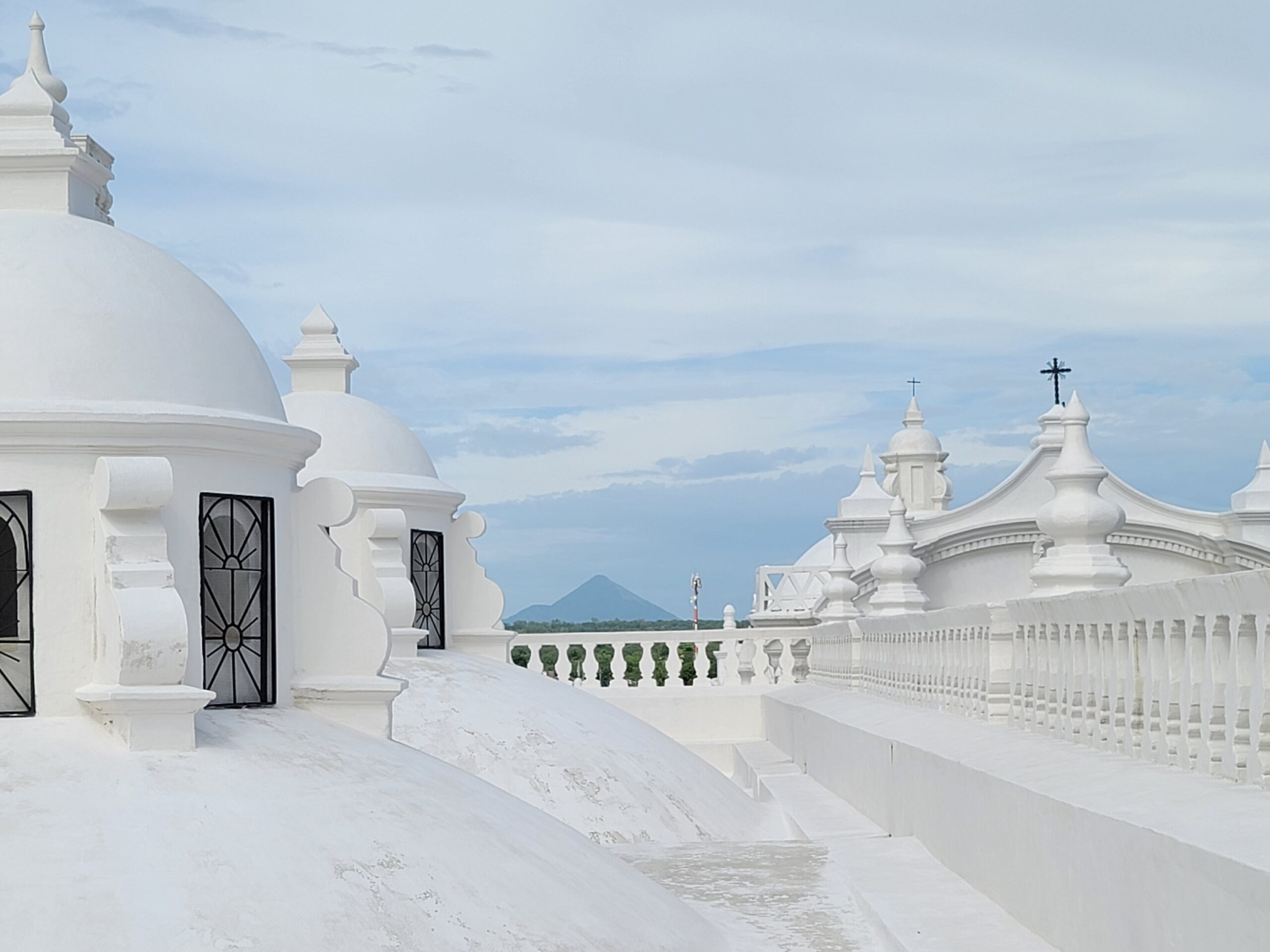Before visiting any country in Central America, my perception of the region amounted to a handful of words: beaches, jungle, monkeys, coffee, and crime. After visiting my first Central American country, Costa Rica, I confirmed all my perceptions except for crime. Costa Rica gave me a favorable experience each time that I visited. Waterfalls, volcanoes, hikes, cloud forests, sunsets, Ticos, and Pura Vida! were added to my experiences. I learned also that Costa Rica had not retained much of the colonial influence in its cities, as there hadn’t been much in the first place compared to its more strategic neighbors of Panama and Nicaragua.
When I visited my second country in Central America, Panama, my perceptions before landing at Tocumen International Airport (PTY) were this is the place with the Panama Canal, Panama hats, and a place where I could video myself singing along to Van Halen’s “Panama”. The Panama Canal was impressive. Panama hats were worn, but I found out that they are fabricated in Ecuador. And, yes, I did make a video of me singing to Panama, which I found out was a song about cars, not the country. There was a surprise in Panama City that I had no idea existed.
Panama City has a UNESCO World Heritage Site, its old quarter, Casco Viejo. It has been recognized for its colonial architecture and importance. I thought that Panama would yield little colonial value similar to its neighbor to the north, Costa Rica. Casco Viejo, a once dilapidated area jutting out from the modern part of Panama City, is literally and figuratively like walking from the 21st century to the 16th century. As I walked around Panama’s Casco Viejo, I wondered if other Central American cities had their own Casco Viejo.
Turns out, there are essentially five towns within Central America that retain a colonial core. Five places just a few hours flying from the U.S. and Canada where you can step back in time several hundred years. Two of the seven Central American countries don’t have any substantial colonial areas (Belize and Costa Rica). As mentioned, one being Costa Rica, and the other being Belize. Here are Central America’s five most charming colonial cities, including Casco Viejo Panama.
Antigua, Guatemala
Probably the most well-known and visited, Antigua is a historical gem less than an hour’s drive from Guatemala City. Antigua has been designated a UNESCO World Heritage Site since 1979. Established in 1543, Antigua retains its grid street structure with a grand plaza in the center of the city. Like many other cities in Central America, Antigua has had its fair share of natural disasters. An earthquake in 1773 essentially destroyed the city and made authorities move the capital of Central America to Guatemala City.
Part of the charm of Antigua is that it has “saved” many of the churches that were destroyed in the 1773 earthquake. Antigua has several impressive religious buildings/churches that are intact or have been rebuilt, including one of the key attractions in the city: Santa Catalina Arch.
Comayagua, Honduras
Certainly the least visited of the five best colonial towns in Central America, Comayagua is not a UNESCO city but is the best example in Honduras of a Spanish colonial town left largely intact. The Lenca people settled the area prior to the Spanish and, fortunately, exist today, contributing to the culture of this area.
Established in 1537 by the Spanish colonists, Comayagua sees high temperatures into the upper 90’s but in the cooler months, low temperatures into the upper 50’s. The city isn’t very large and is a very quick 20-minute drive from the relatively new Comayagua Palmerola International Airport (XPL). Comayagua offers a less hectic Honduran culture experience than Tegucigalpa, and certainly a much more historical and cultural experience than the island of Roatan.
Granada, Nicaragua
One of the earliest Spanish colonial cities established, Granada was founded in 1524, and is on the UNESCO Tentative List. The historic center is a short walk to Lake Nicaragua (Lago Cocibolca) where the Chorotega and Nahoa peoples leveraged the importance of this area.



